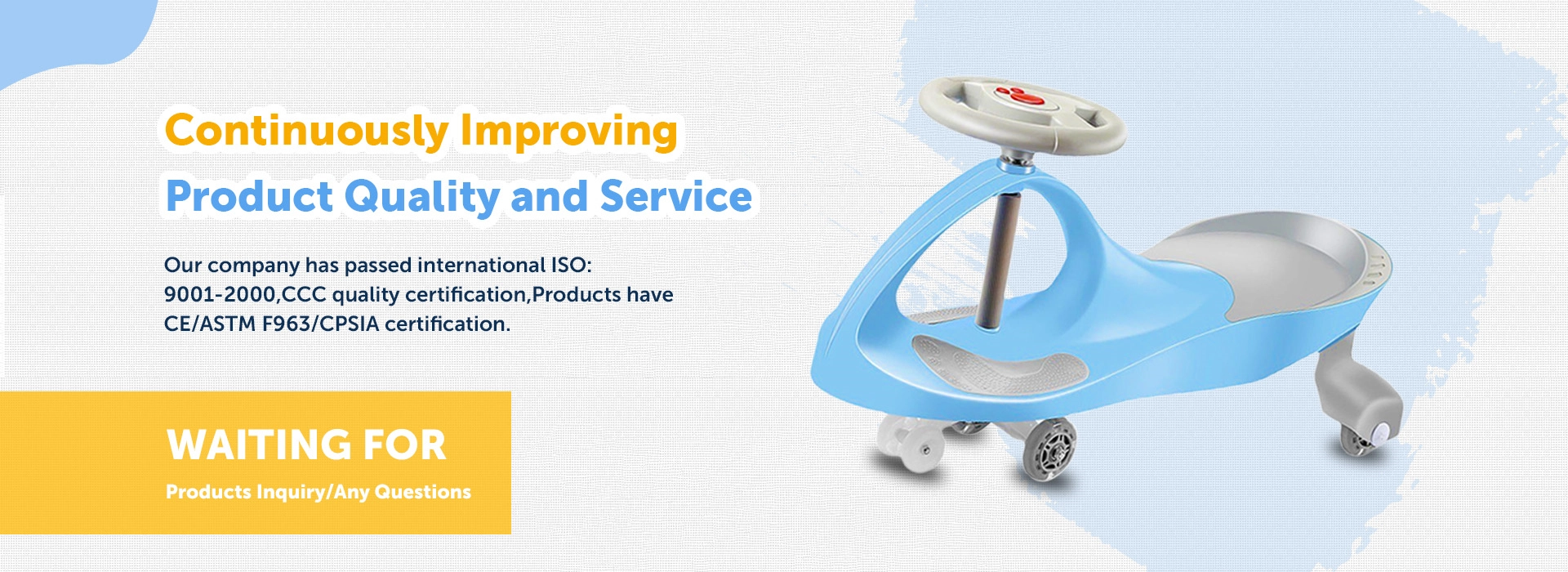mountain bike for kid
Choosing the Right Mountain Bike for Kids
When it comes to outdoor activities, few things are as exhilarating as riding a mountain bike. For kids, mountain biking is not just a sport; it’s an adventure. It offers them the chance to explore nature, improve their physical fitness, and develop important skills such as balance and coordination. However, choosing the right mountain bike for your child is crucial to ensuring a safe and enjoyable experience. Here are some key factors to consider when selecting a mountain bike for kids.
1. Size Matters
One of the most important aspects to consider when choosing a mountain bike for kids is the size of the bike. An ill-fitting bike can lead to discomfort and accidents. Mountain bikes for children typically come in various frame sizes and wheel diameters. It's essential to select a bike that matches your child's height and inseam measurements. A good rule of thumb is to ensure that your child can stand over the bike with at least one to two inches of clearance. Additionally, when they sit on the saddle, they should be able to touch the ground with their toes.
The weight of the mountain bike is another critical factor, especially for younger riders. A lightweight bike is easier for kids to handle and maneuver, making it less daunting for them to ride uphill or navigate tricky terrains. While most adult mountain bikes can weigh anywhere from 25 to 35 pounds, you should aim for a bike under 25 pounds for kids. Look for alloy frames or even carbon options if your budget allows. Avoid heavy steel frames, which can be cumbersome for young riders.
3. Gearing and Braking Systems
Mountain bikes come with different gearing and braking systems. A kid’s mountain bike typically features a single-speed setup or a simple gear range. For younger kids or beginners, a single-speed bike may be the best choice, as it is easier to handle. As your child becomes more proficient, you can consider a bike with multiple gears to tackle various terrains.
mountain bike for kid

Brakes are another vital feature. Most modern mountain bikes come equipped with either rim brakes or disc brakes. While rim brakes are generally lighter and easier to maintain, disc brakes offer more stopping power in wet and muddy conditions, making them a preferable option for off-road riding. Whichever option you choose, ensure that the brakes are easy for your child to operate.
4. Suspension Type
Mountain bikes typically feature either a hardtail or full suspension. Hardtail bikes provide a more straightforward design with a suspension fork in the front and a rigid rear. They are generally lighter and more efficient on smooth trails. On the other hand, full-suspension bikes come with both front and rear suspension, offering better shock absorption on rough terrain. For beginners and casual riders, a hardtail may be sufficient, while more experienced young bikers may appreciate the advantages of full suspension.
5. Safety Gear and Accessories
Equipping your child with the right safety gear is essential for a safe biking experience. A well-fitted helmet is a must, as it provides vital protection. Additionally, consider knee and elbow pads, especially for younger or less experienced riders. Accessories like lights and reflectors can ensure visibility if riding during low-light conditions.
Conclusion
Buying a mountain bike for your child is an investment not just in a means of transportation but also in their health, confidence, and joy of exploration. By considering factors such as size, weight, gearing systems, suspension type, and safety gear, you can help ensure that your child has a positive and exciting biking experience. Encourage them to explore the great outdoors, and you might find that their love for biking becomes a lifelong passion. Let the adventures begin!
-
kids-scooter-tiny-olympic-games-scooterathlonNewsAug.22,2025
-
kids-scooter-waves-xingtai-zhongzhous-global-rippleNewsAug.22,2025
-
baby-tricycle-oem-legacy-zhongzhou-forgedNewsAug.22,2025
-
xingtais-twin-tricycle-revolution-siblings-ride-togetherNewsAug.22,2025
-
baby-tricycle-design-inspired-by-ancient-armorNewsAug.22,2025
-
nfc-chip-enabled-oem-baby-tricycle-trackingNewsAug.22,2025
-
The Perfect Baby TricycleNewsAug.11,2025








